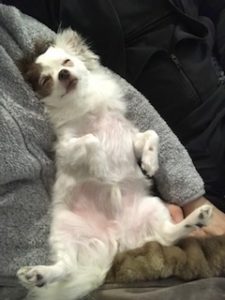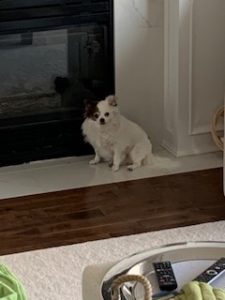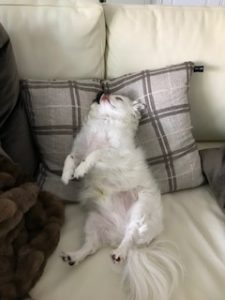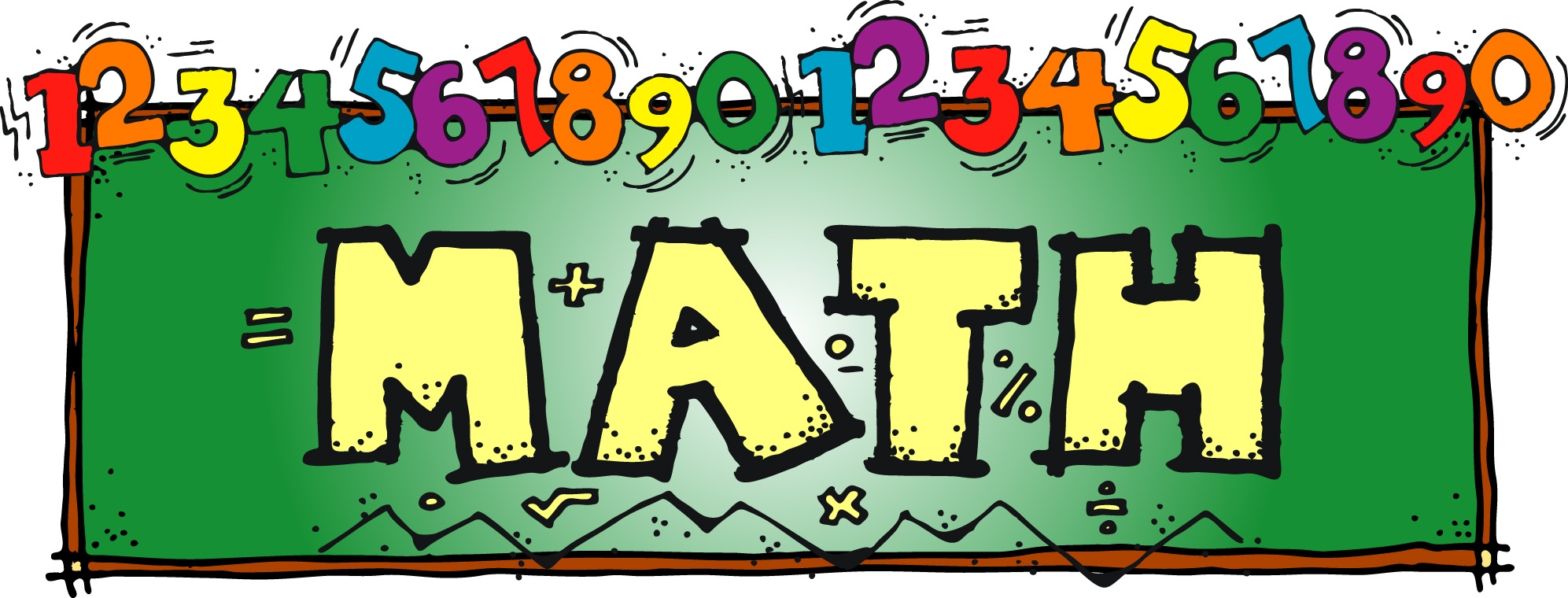Let’s practice persuasive writing! When writers are trying to be persuasive, it means that they are trying to convince their readers to believe in an idea or opinion. Below are some videos to introduce this type of writing! Each video is only a couple of minutes long and are at grade level. You can continue on with the series to build upon when your child knows and to encourage them to write longer or more developed pieces.
What is Persuasive Writing?
Brainstorming
Planning and What to Think About Before You Write
Developing Reasons
Writing Activity: Write a response to the prompt below. For Grade 1’s please try to write at least 2-3 sentences. For Grade 2’s, please try to write at least 3 sentences. Try to write 4-5 sentences if you can! Or more! Remember to use punctuation, capitals and to space out your words! You can use a blank piece of paper or these writing templates to have something with lines (choose whichever one works best for you). Writing Templates
Writing Prompt: “Pets should be allowed in schools.” Do you agree with this? Why or why not? What are your reasons?
For me, I would love to have Ollie join me at school, he is very calm and likes to sleep wherever he can so I know he would be on his best behaviour, so those are two reasons that make me say YES. But the issues with bringing him are: what if people are scared of dogs? What if people are allergic? What if he ran out of the classroom? Those are some reasons that say NO. Now I have to decide if I want to convince people YES or NO to letting pets into schools.
Some Information about Ollie (that is not related to persuasive writing!):
A couple of people have asked me about Ollie and I wanted to write a little bit about him! He is a Pomeranian/Chihuahua mix and looks a lot like his dad (his dad had long hair and was black and white and his mom was a short haired chihuahua and was a caramel colour). We got him 6 years ago and he still looks like a puppy! His full name is Oliver, but we call him Ollie and we think that suits him better. He has a sister named Lola (we call her Lo for short) who my parents have and they see each other all of the time. She was born the litter after Ollie and they are almost the same age. They have the same parents and so it’s interesting to see how different they look! They love running outside together and she likes to bug him by nibbling his ears or holding onto his tail to get him to chase her (she acts like a bit of an annoying little sister and sometimes Ollie just does not have time for it). Ollie is super clumsy and doesn’t pay attention to what he’s doing. He’s run into the couch, turned around and walked into a wall, ran into the screen door (because he couldn’t wait for me to open both the glass door and the screen for him to go outside!), and while he is able to jump on the couch, he has missed one too many times!
Ollie likes his beauty sleep and likes nothing better than to curl up on the couch with us or just to flop on the floor somewhere because he’s just too exhausted and can’t seem to make it to his bed. He frequently snores (not as loud as Lola can!) and sometimes he runs in his dreams and we’ll see his little legs twitch.
He is really affectionate and likes to lick us, but when it comes to squirrels and birds he likes to think he’s scary and ferocious and runs to scare them away from the house (he always looks to us after and runs back like he’s super proud of what he accomplished). He’s scared of people with hats for some reason and is wary of new people (we’re not too sure why because we’ve had him since he was a puppy and was raised in a family home), but likes kids and other small dogs. He loves playing with ice cubes and eating orange bell peppers and carrots and sometimes because his fur is white, the fur around his mouth will be stained orange for a little bit.
He recently got a hair cut and looks like a puppy even more than he already did and we’re thinking that we’ll try to keep his hair short because he’s so furry and sheds so much! Below are some funny photos of him and I included a picture of him with his new hair cut and some pictures of Lola.



 Ollie loves to sleep! Especially on his back!
Ollie loves to sleep! Especially on his back!
 Ollie with his new hair cut! He still has a ton of fur.
Ollie with his new hair cut! He still has a ton of fur.








 Ollie loves to sleep! Especially on his back!
Ollie loves to sleep! Especially on his back! 
